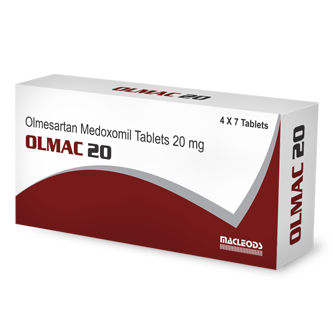ALFRESED
Edit ACTIVE INGREDIENT Alimemazine Tartrate STRENGTH 7.5 mg/ 5 ml – 30 mg/ 5 mg DOSAGE FORM: Syrup INDICATION: Used in the management of urticaria and pruritus. The treatment of anxiety with or without psychoneurotic conditions. PACK SIZE: 100 ml RELATED PRODUCTS edit post Supplements PROVITA LIQUID D3 400 Edit ACTIVE INGREDIENT: Vitamin D3 (Cholecalciferol) […]











